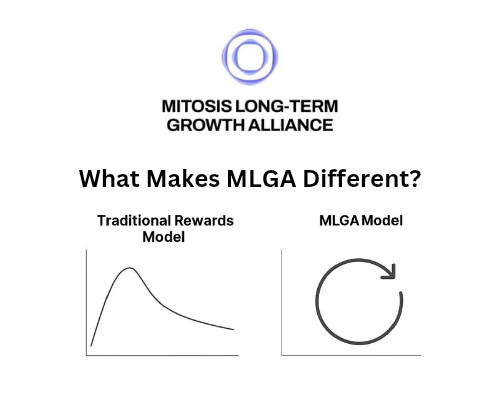RISC-V vs EVM: What Vitalik's Proposal Means for Ethereum's Next Decade

How a Processor Revolution Could Reshape Smart Contract Execution
Introduction: Ethereum's Architectural Crossroads
Vitalik Buterin's recent proposal to replace Ethereum's EVM with RISC-V instruction set architecture has sparked intense debate. This technical deep dive examines:
- Why RISC-V could solve Ethereum's long-standing gas efficiency problems
- The challenges of migrating $500B+ in smart contracts to a new VM
- How Mitosis and other L2s might adapt
💡 Why This Matters:
RISC-V could reduce Ethereum's gas costs by 40-60% while enabling parallel transaction processing—potentially solving scalability without sacrificing decentralization.
The EVM's Limitations: Why Change is Needed
1. Gas Inefficiency
- EVM's 256-bit architecture wastes energy on most operations (90% of dApps use <64-bit math)
- Single-threaded execution creates artificial bottlenecks (max ~30 TPS)
2. Developer Friction
- Solidity's quirks (e.g., integer overflows) cause $2.3B+ in preventable hacks (2021-2023)
- No native support for modern features like parallel execution
3. Hardware Incompatibility
- EVM bytecode can't leverage modern CPU optimizations (SIMD, multicore)
RISC-V: The Open-Source Game Changer
Core Advantages
| Feature | EVM | RISC-V |
|---|---|---|
| Instruction Set | Stack-based | Register-based |
| Parallelism | Impossible | Native support |
| Gas Costs | High (256-bit ops) | Low (64-bit focus) |
| Hardware Synergy | None | CPU/FPGA compatible |
How It Works
- Validators Run Lightweight VMs
- Nodes execute contracts as native RISC-V code
- ZKPs verify correctness without re-execution
Smart Contracts as RISC-V Binaries
// Sample RISC-V Contract (C Syntax)
int transfer(address to, uint amount) {
if (balances[msg.sender] >= amount) {
balances[msg.sender] -= amount;
balances[to] += amount;
return 0; // Success
}
return 1; // Error
}
Migration Challenges
1. Breaking Changes
- Existing dApps would need rewrites or transpilation
- Critical differences:
- Memory Model: EVM uses 256-bit words → RISC-V uses 64-bit
- Gas Accounting: RISC-V measures actual CPU cycles
2. Tooling Gap
- New compilers (Solidity→RISC-V)
- Debugging environments
- Security audit frameworks
3. L2 Adaptation
- Mitosis and other rollups would need to:
- Support dual VM execution during transition
- Optimize fraud proofs for RISC-V
Why Mitosis is Well-Positioned
1. Modular Architecture
- Mitosis' MPC-based cross-chain engine could integrate RISC-V execution without hard forks
2. Parallel Future-Proofing
- RISC-V's native threading aligns with Mitosis' omnichain liquidity routing
3. Developer Incentives
- Proposed $50M grant pool for RISC-V dApp migration
The Road Ahead: 3 Potential Scenarios
- Hybrid EVM/RISC-V Chain (2025-2026)
- Gradual co-existence via "EVM legacy mode"
- Full Migration (2027+)
- Requires mass tooling development
- Could reduce Ethereum's energy use by 35%
- L2-Led Transition
- Mitosis and other rollups adopt RISC-V first
- Creates pressure for L1 adoption
Conclusion: A Processor Revolution in the Making
While risky, RISC-V offers Ethereum a path to:
✅ Enterprise-grade throughput (10,000+ TPS with parallelism)
✅ Hardware-level efficiency (matching Solana's speed without centralization)
✅ Future-proof foundation for AI/ML smart contracts
For Mitosis, this transition could cement its role as the most efficient cross-chain liquidity layer, leveraging RISC-V's performance for:
- Sub-second atomic swaps
- Cheaper omnichain borrowing
- Institutional-scale DeFi
"This isn't just a VM upgrade—it's rebuilding Ethereum's engine mid-flight."
— Vitalik Buterin, Ethereum Protocol Meeting #152

Comments ()